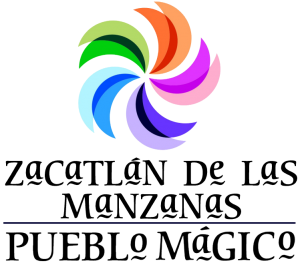Where the clouds come down to greet you
Its name comes from the Nahuatl “Zacatl” and means “place where grass abounds.” It is located at the top of the Barranca de los Jilgueros and is surrounded by a forest landscape.
It is one of the most beautiful and picturesque towns in the Sierra Norte de Puebla and is famous for being one of the main apple producing centers in the country and for being surrounded by countless natural beauties.
Its name comes from the Nahuatl “Zacatl” and means “place where grass abounds.” It is located at the top of the Barranca de los Jilgueros and is surrounded by a forest landscape.
It is one of the most beautiful and picturesque towns in the Sierra Norte de Puebla and is famous for being one of the main apple producing centers in the country and for being surrounded by countless natural beauties.
Adventure
Gastronomy
Handicrafts
Tourist routes

Piedras encimadas
It is located in the state of Puebla, less than 25 km from the municipality of Zacatlán. It stands out due to the rock formations found there, which measure an average of 10 meters in height, with some reaching up to 20 meters.
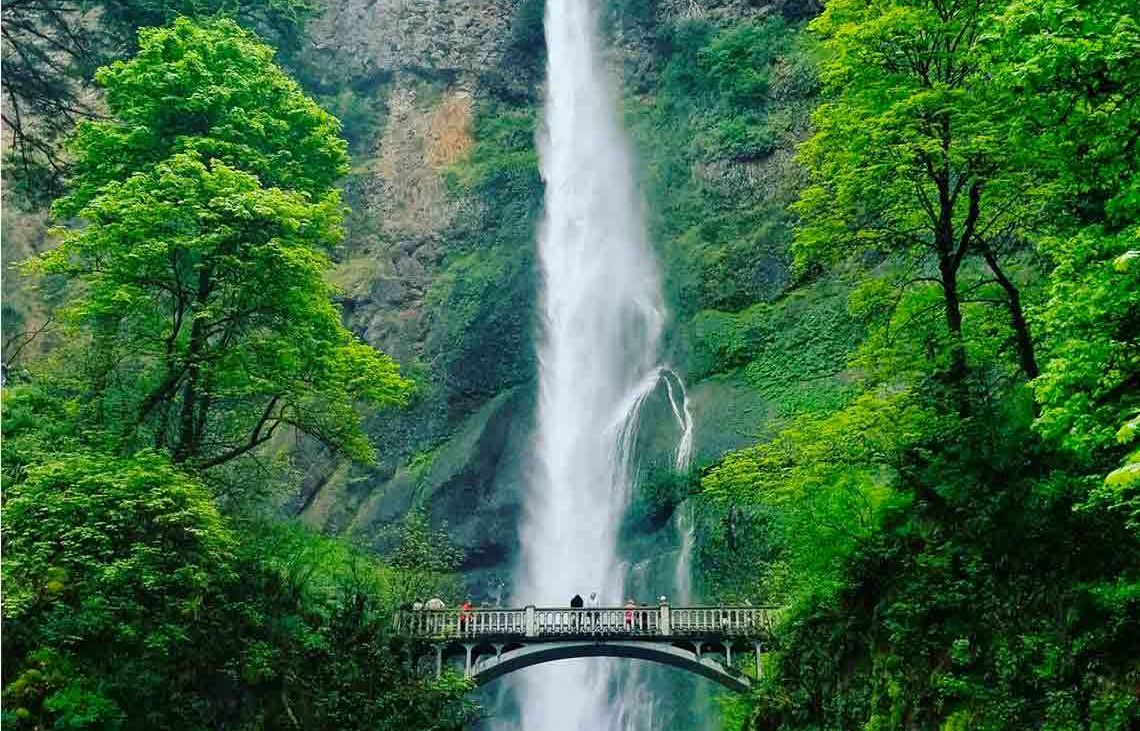
Tulimán
In this place you can enjoy the incomparable view of the approximately 300 meter high waterfall. In the park you can enjoy its more than 90 hectares of typical mountain geography and visit the “Las Costillas” pool, a spring of mineral waters, a small suspension bridge, a hollow tree more than 35 meters high and 7.50 meters wide. diameter in which there is a space where 12 people can enter on average, you can also see the union of two rivers and their channels, the “El Cajón” waterfall, cabins, palapas and have fun on a 120 meter long zip line between other activities.
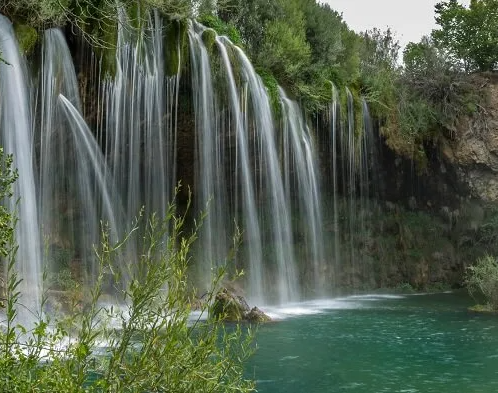
San Pedro Waterfall
With a drop of approximately 20 m to one side of it are the ruins of what would be the first Catholic temple in Zacatlán in the 16th century. Furthermore, near this place are the first pre-Hispanic settlements of what would be the Señorío de Zacatlán.
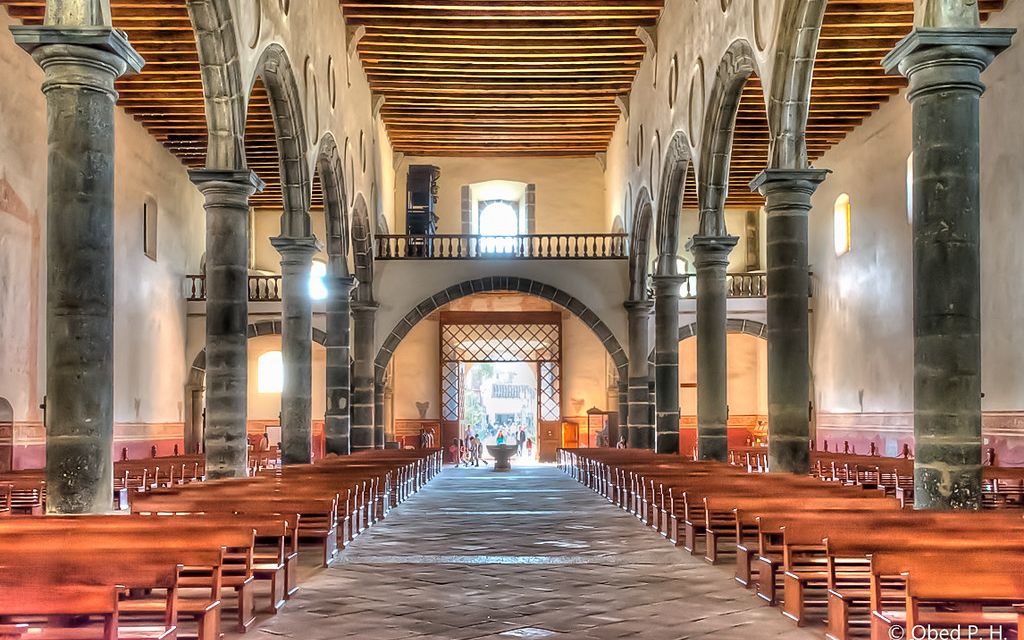
Franciscan Ex-Convent
One of the first temples built on the American continent.
The construction of this temple began in 1562, the second basilica style in the state of Puebla, considered a colonial architectural jewel. This building is completely built of stone, its gable roof and wooden beams complement its majesty.
The construction of this temple began in 1562, the second basilica style in the state of Puebla, considered a colonial architectural jewel. This building is completely built of stone, its gable roof and wooden beams complement its majesty.
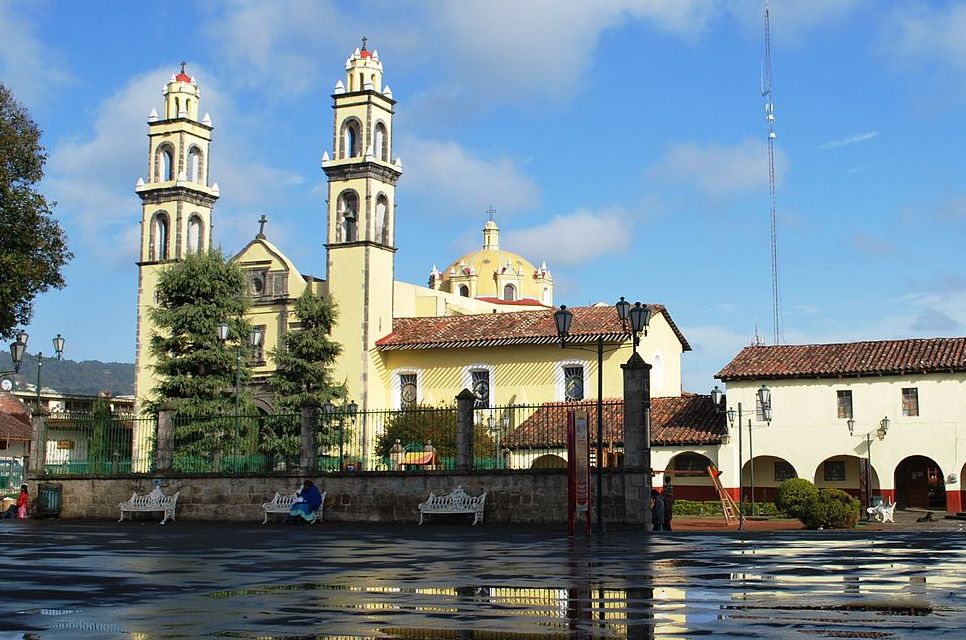
San Pablo Parish
It was built at the end of the 17th century and the beginning of the 18th century in a sober indigenous or Tequitqui baroque style (1670-1740). Its façade has the characteristic of an altarpiece, including the statues of San Pedro and San Pablo, patrons of the municipality, with popularly made mortar ornaments.
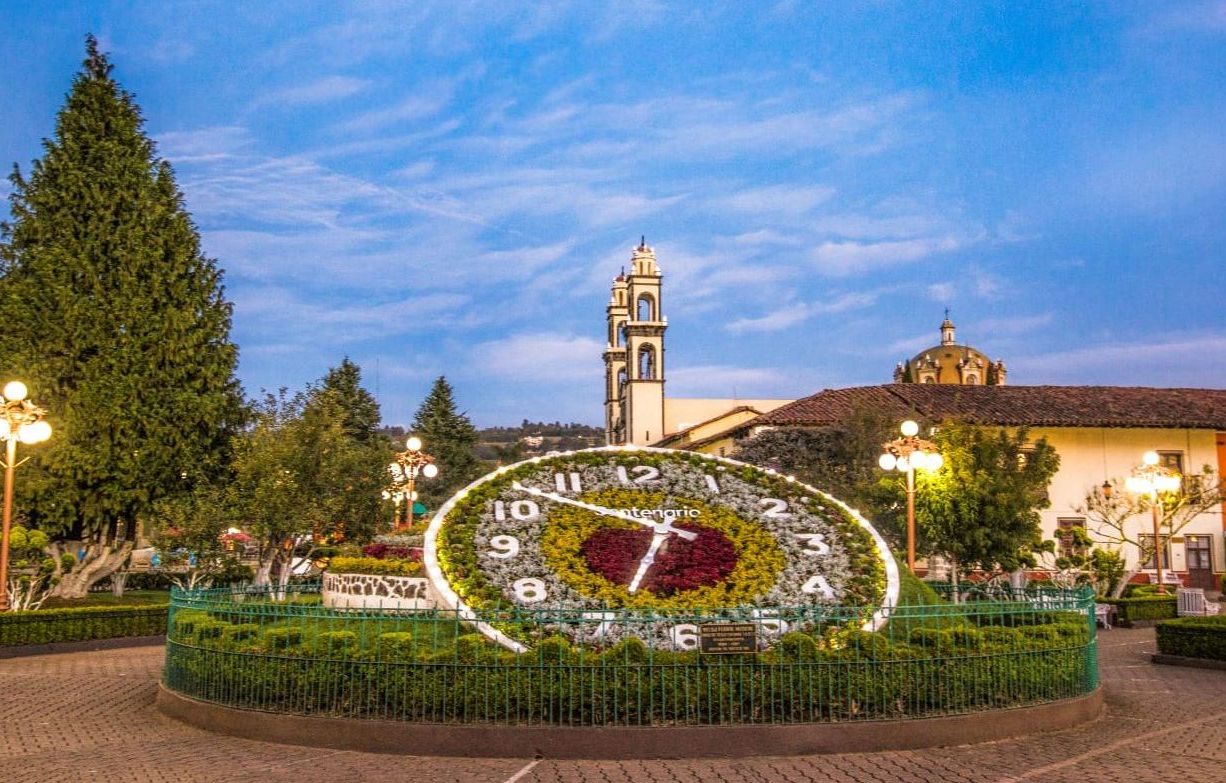
Floral clock
The floral clock was built by Zacatecas hands in the 1980s. During the remodeling of the plinth, in 1986, the clock was donated by the company Relojes Centenario, the most representative of this municipality.
The clock is located in the civic plaza of Zacatlán, and has become one of the main tourist attractions, because due to its characteristics it is a unique clock of its kind. In addition, this monument is considered the first floral clock, it has two faces of five meters in diameter each, both adorned with natural flowers.
The clock is located in the civic plaza of Zacatlán, and has become one of the main tourist attractions, because due to its characteristics it is a unique clock of its kind. In addition, this monument is considered the first floral clock, it has two faces of five meters in diameter each, both adorned with natural flowers.
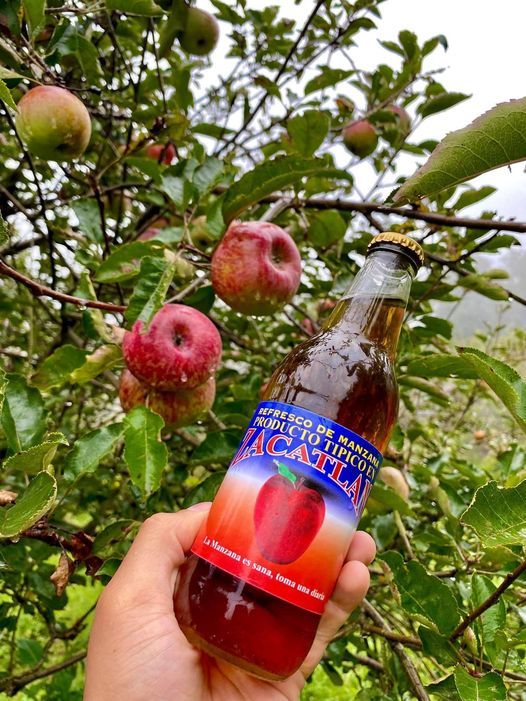
San Rafael Cider House
Sidrera San Rafael is a company that has worked with determination and dedication for three generations, offering ciders, wines and soft drinks to the taste of all of Zacatlán, Puebla and part of Mexico. Among the characteristic drinks are: artisanal apple cider, fruit wines such as apple, quince, huiquiño and peach, coffee creams, pistachio, vanilla, almond, pine nut, coconut and coffee liqueurs.
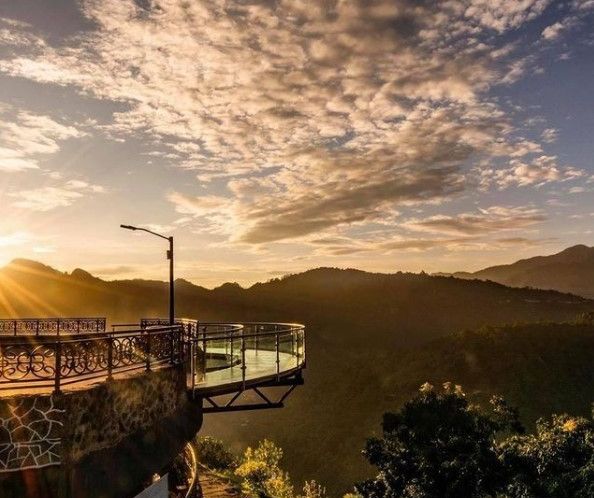
Glass bridge
You will not have a better view of the Barranca de los Jilgueros than the one obtained from this Crystal bridge, located just behind the municipal pantheon, where you can feel like you are flying, at the same time that the fog will catch you in seconds, to then get lost again, from there you can observe the Cola de Caballo waterfall, the fall of mist in the nascent Sierra Norte of Puebla making a spectacle of nature as if it were a “sea foam”.
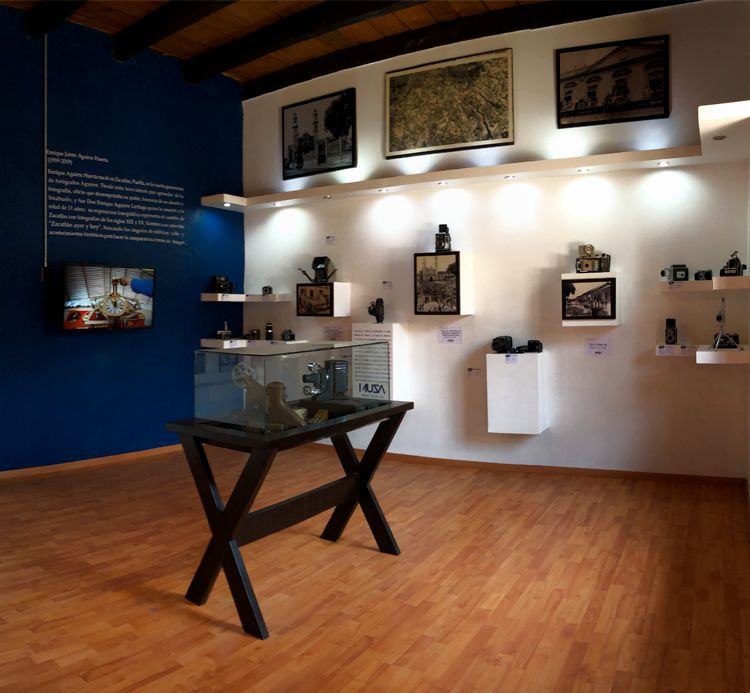
Museum Muza
The Museum is made up of five rooms, the first dedicated to photographs from the 19th, 20th and 21st centuries and an exhibition of photographic cameras, the second dedicated to San Miguel Tenango, where a little of their work in textile and craft activity is shown.
In room four the history of the traditional Apple Fair is shown, where the production of this fruit stands out; The tour concludes in an audiovisual room to learn a little more about the culture and tradition of the Magic Town.
In room four the history of the traditional Apple Fair is shown, where the production of this fruit stands out; The tour concludes in an audiovisual room to learn a little more about the culture and tradition of the Magic Town.
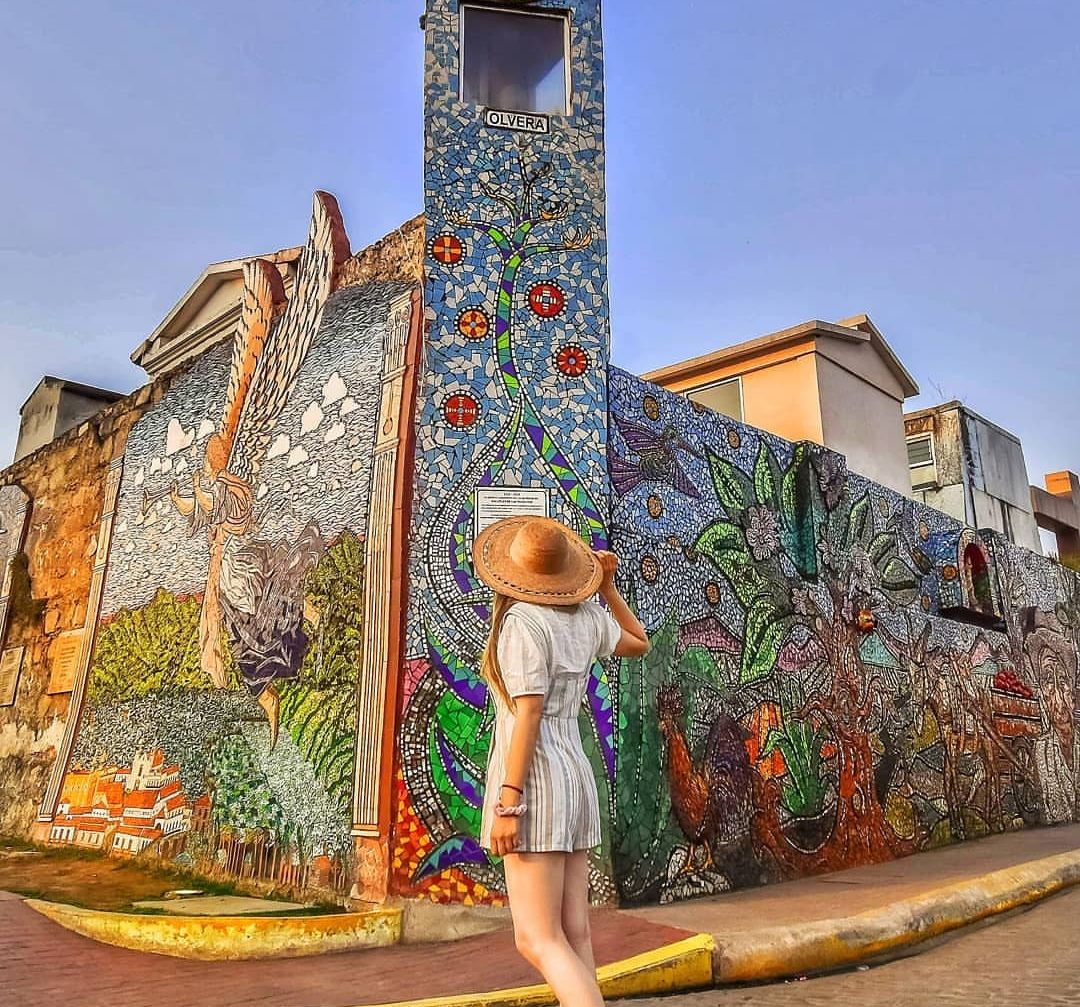
Vitromurals
The mural of the Magical Town of Zacatlán is one of the new great attractions of this place, with its 90 meters long and hundreds of crystals strategically positioned to create this work of art.
It was an idea by Mary Carmen Olvera, from Olvera watches, who had the idea of ??commemorating the 300 years of the founding of this magical town. The artist in charge of this work was Trish Metzener-Lynch who captured the different images of this mural in collaboration with painters, local artisans and townspeople.
It was an idea by Mary Carmen Olvera, from Olvera watches, who had the idea of ??commemorating the 300 years of the founding of this magical town. The artist in charge of this work was Trish Metzener-Lynch who captured the different images of this mural in collaboration with painters, local artisans and townspeople.
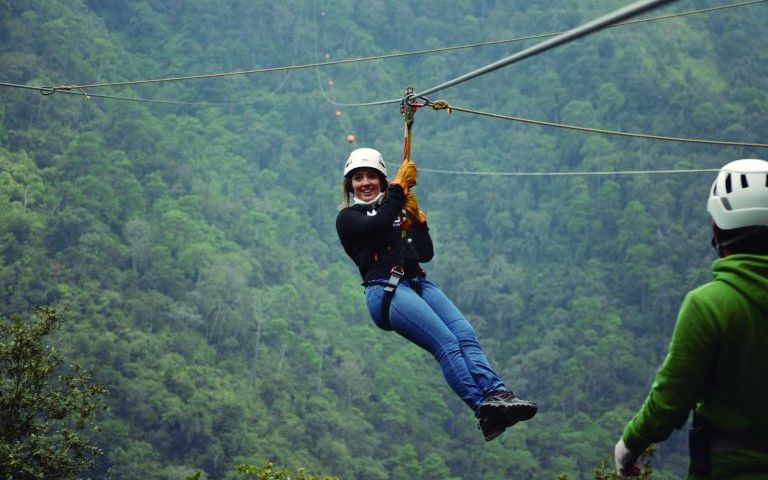
ZipLine Zacatlán
In the Barranca de Los Jilgueros Natural Park, located in the heart of the Zacatlán de las Manzanas ravine in Puebla, is one of the zip lines that will make you fly like you have never done before. At 500 meters high and reaching a speed of more than 100 kilometers per hour, ZipLine Zacatlán is one of the highest and fastest zip lines in Mexico; a 1,400 meter flight that will make you scream for a minute and a half full of adrenaline.
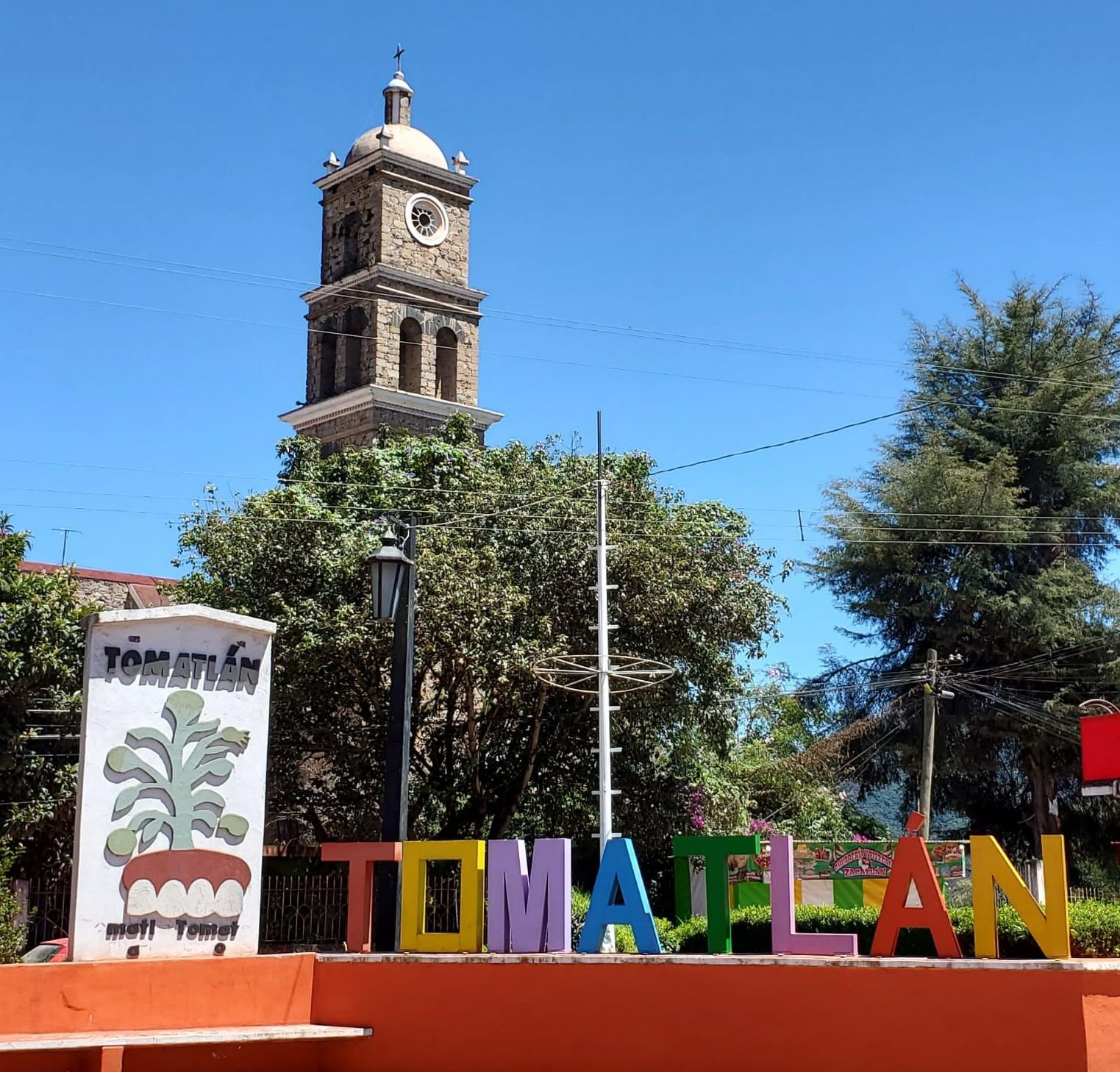
Tomatlán
This small town of irrigated houses surrounded by fields of corn, barley and beans; and with many magueyes and orchards, its lands irrigated by water currents that appear and form the San Pedro River that falls into the Zacatlán ravine, forming a beautiful waterfall that is divided into several falls, all at a height of about three hundred meters; It has splendid places and small forests like Tipizíla.
